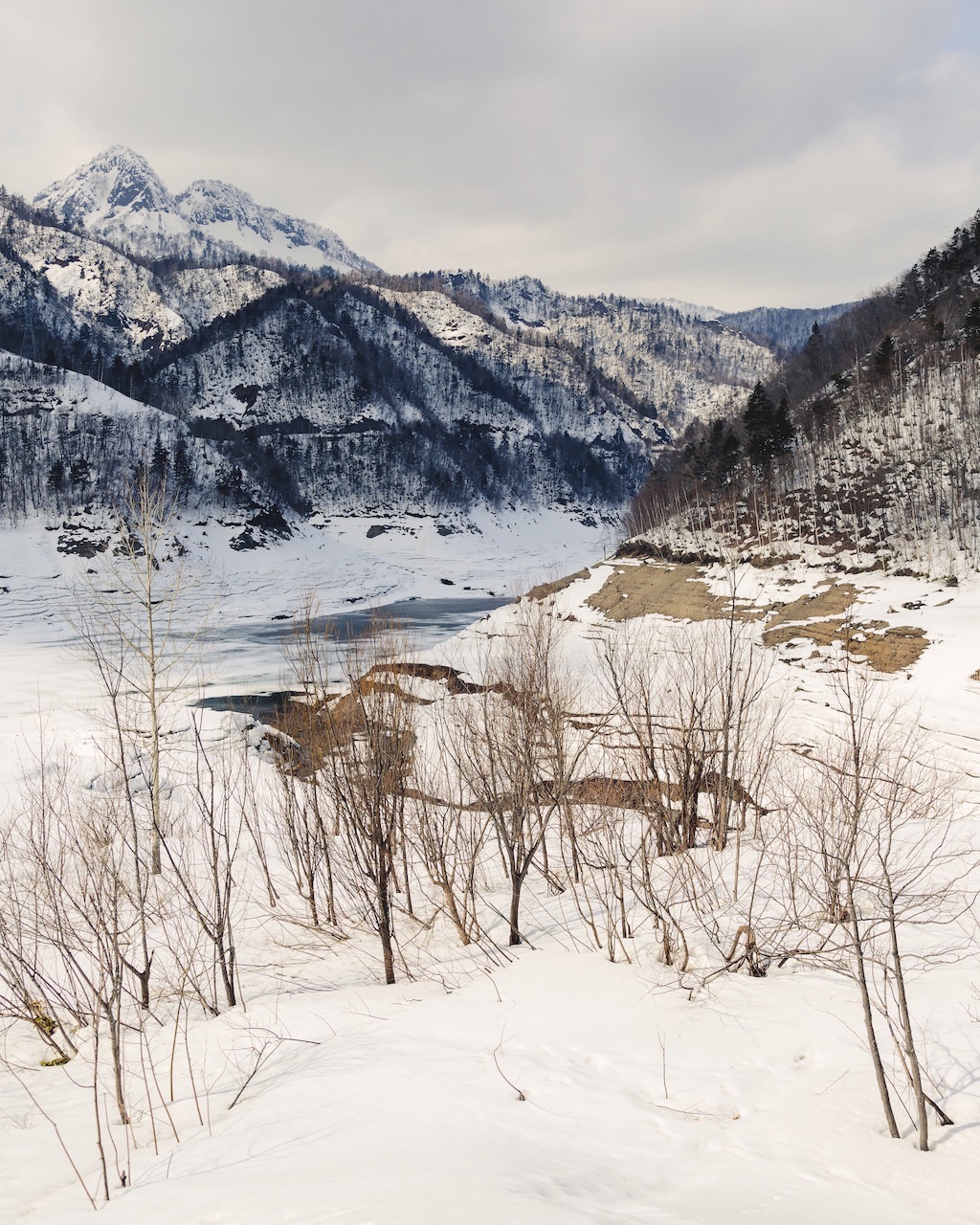
“Something quite strange yet magical happens when you arrive in Jozankei,”
whispers Sayaka Hamano, the okami (landlord) of Kasho Gyoen, a recently opened ryokan overlooking the Shikotsu-Toya National Park situated on the edges of Jozankei town. “It is hard to explain, but time seems to slow here. It almost seems to stop.”
Legend has it that the town, 30km from Sapporo, was founded in 1866, the year that Japanese monk Miizumi Jozan first discovered the hot, healing waters that simmer beneath the earth’s surface here. The story goes that he was being guided by an indigenous Ainu person, through dense pine forests along the Toyohira River, when the water hit a series of cascades and broke off into a web of streams and pools. Jozan realised the pools were being fed by hot springs, with geothermally heated, mineral-rich groundwater rising from the earth’s crust through cracks in the riverbed. The monk cleared the forest and developed an open-air bathing facility, called an onsen, and invited the ailing to visit.
Over the years, the number of onsens and ryokans (traditional inns often attached to onsens) blossomed, and the area – which was eventually christened Jozankei after the monk – became known as one of the country’s finest hot spring spas. And while much of the rest of Hokkaido is world-famous for its ski resorts and its legendary “Japow” (Japanese powder snow), Jozankei boasts dozens of hot springs, luring in more than 1.6 million tourists each year, all yearning to be transported far away from the hubbub of everyday life by this healing haven and its traditional hostelries.
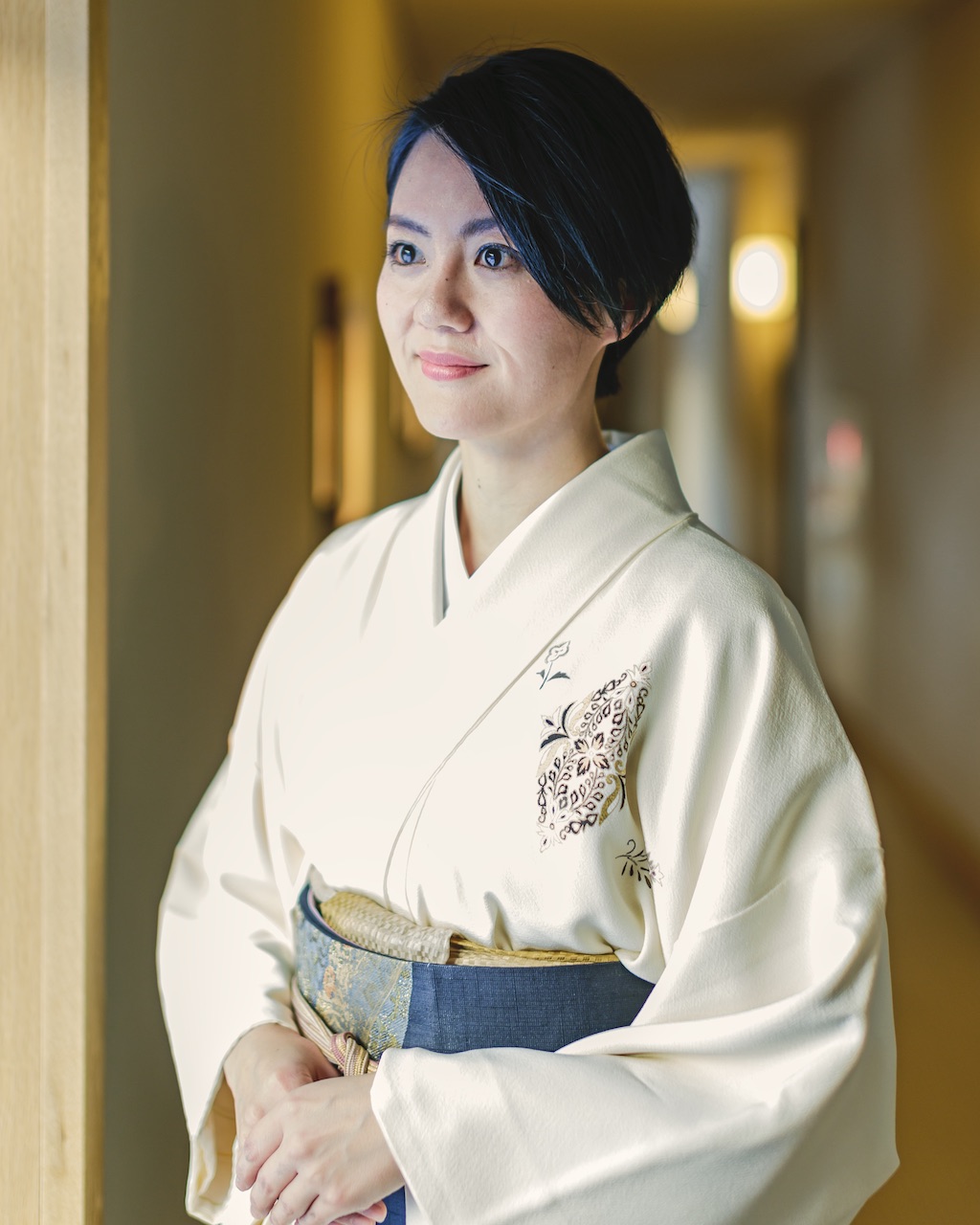
The 39-year-old Sayaka comes from a long line of okamis and grew up in Jozankei before spells working in Tokyo and Beijing. She doesn’t look her age, and I ask whether the timelessness she’s just described also helps reverse the effects of ageing. She laughs, but tells me the Hibestu spring that bubbles away underneath the 23-room Kasho Gyoen ryokan is rich in skin-drenching minerals such as calcium, sodium bicarbonate and sulphur. “People comment on how their skin feels soft like velvet after bathing in our water. Our springs are pure and straight from the source… not mixed with any water or filtered in any way,” she says. “We Japanese say it cures the lethargy of life.”
While she found living in the city thrilling, Sayaka pined for Hokkaido’s pristine countryside. So when her father asked her to come back to inject some new life into a design-driven ryokan he planned to open, she jumped at the opportunity. “Hokkaido’s winters can be severe, but because of this the land is quite unspoiled. There is a lonely beauty that exists here and I find it very special,” she says, gesturing out the window of one of the ryokan’s sitting rooms at a grove of leafless beech trees.
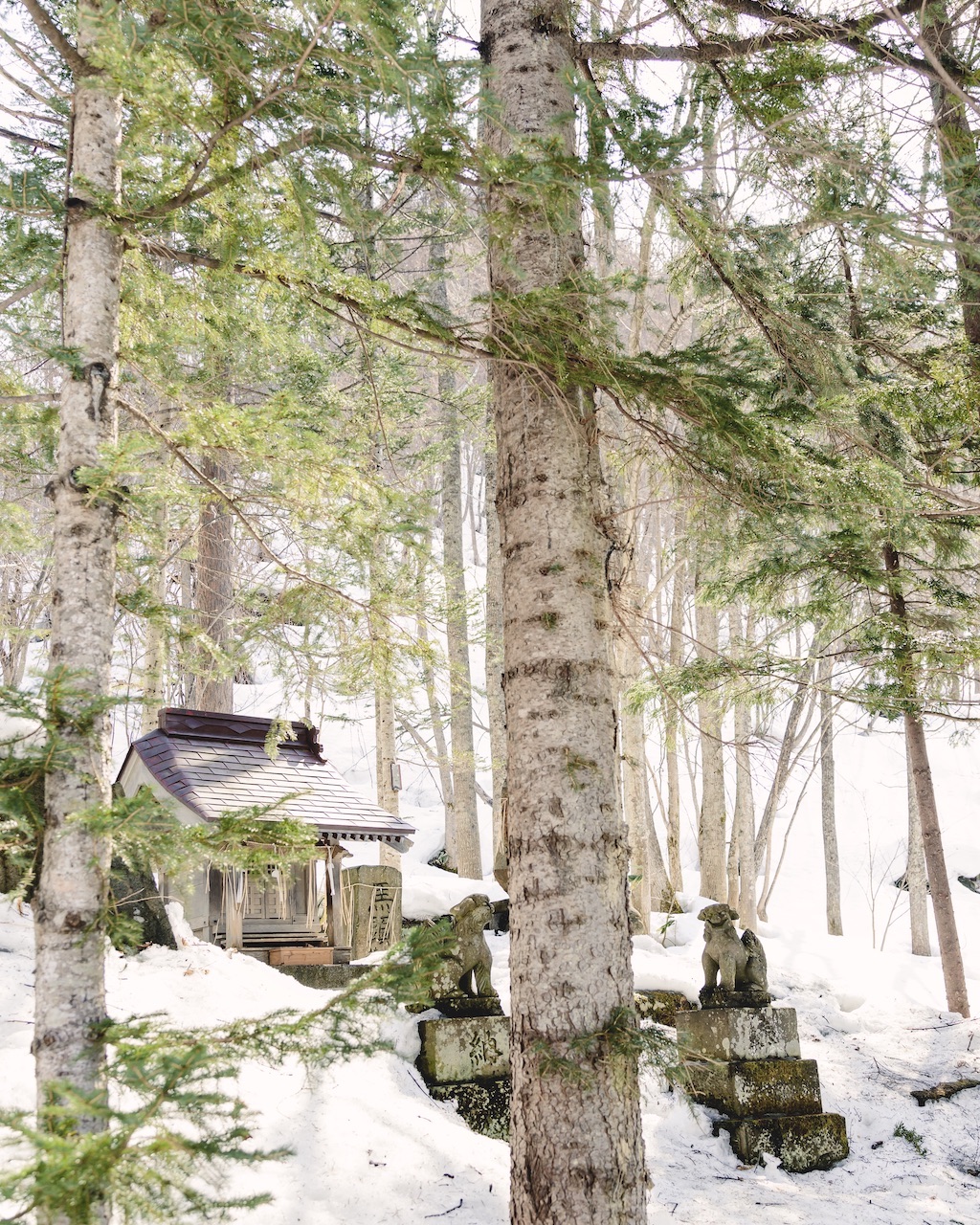
Ryokans were first built more than a millennium ago as accommodation for travelling merchants, offering baths, simple futon beds and a Japanese breakfast. They have been an intrinsic part of Japan’s cultural identity ever since, tied to a profound respect for omotenashi (hospitality). In many ways, they embody the Japanese ideals of living close to nature, and in harmony with the four seasons.

But Kasho Gyoen, like other new-wave inns across Japan right now, is tapping into a wider trend of weaving in innovation and design together with the old tenets. I follow Sayaka as she glides down the property’s hushed hallways to show me to my room. She points out the traditional features that have been kept: floors lined with tatami mats, leafy views, minimalist furniture, washi screen doors and tokonoma (alcoves). Even her exquisite silk kimono has been passed down through generations. However, she also notes the more contemporary elements she feels are essential to bring in more diverse, younger guests: espresso machines, luxury bath amenities and cloud-soft beds instead of futons.
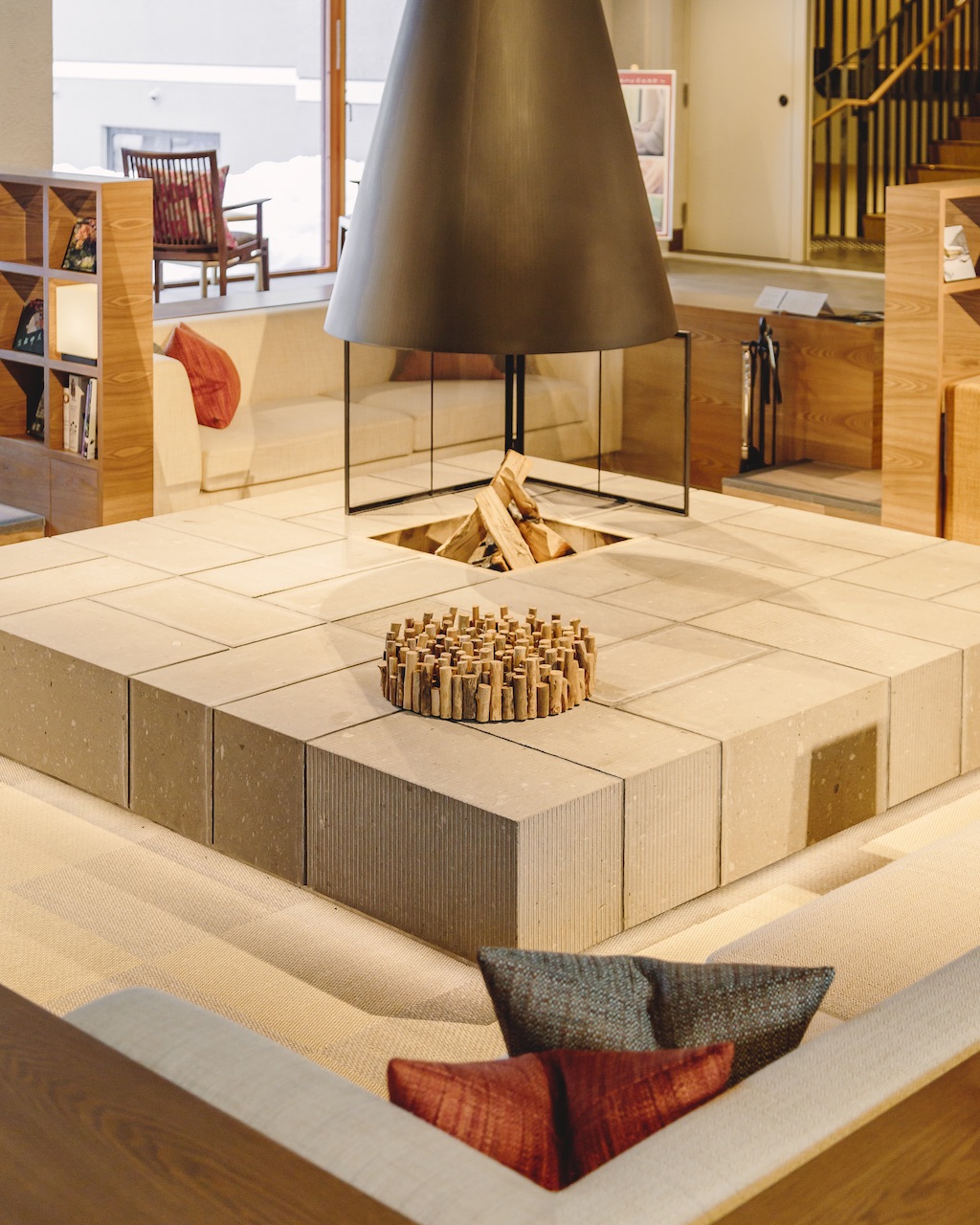
Despite these moves to modernity, one of the most important rituals at a ryokan remains a soak in the facility’s communal onsen. Bathing stems back to an important Shinto purification rite that’s thousands of years old – and it comes as second nature to the Japanese. However it’s a tradition that is loaded with strict rules: colour-coded curtains separate men and women; no tattoos; no loud noises; you must bathe naked; and you must not submerge your head. Sayaka says that while preserving an ancient culture, these rules had also excluded people: “There are people that like to travel and go to the onsen with their children, and people that require privacy due to medical conditions. There are also more young Japanese with tattoos.”
“The land is quite unspoiled. There is a lonely beauty that exists here and I find it very special”
If you’re one of the above, or just shy, the highlight of each Kasho Gyoen room is its private onsen: a deep, square-shaped stone tub with sublime views overlooking the national park. Sayaka insists I have a soak right away (“Multiple onsens a day is best!”) and whooshes out of the room, closing the door quietly behind her. I unwrap my yukata (gown), remove my geta (sandals) and wade in. Steam envelops the room and the 37°C water miraculously soothes my aches and pains. I feel better than I have in months.
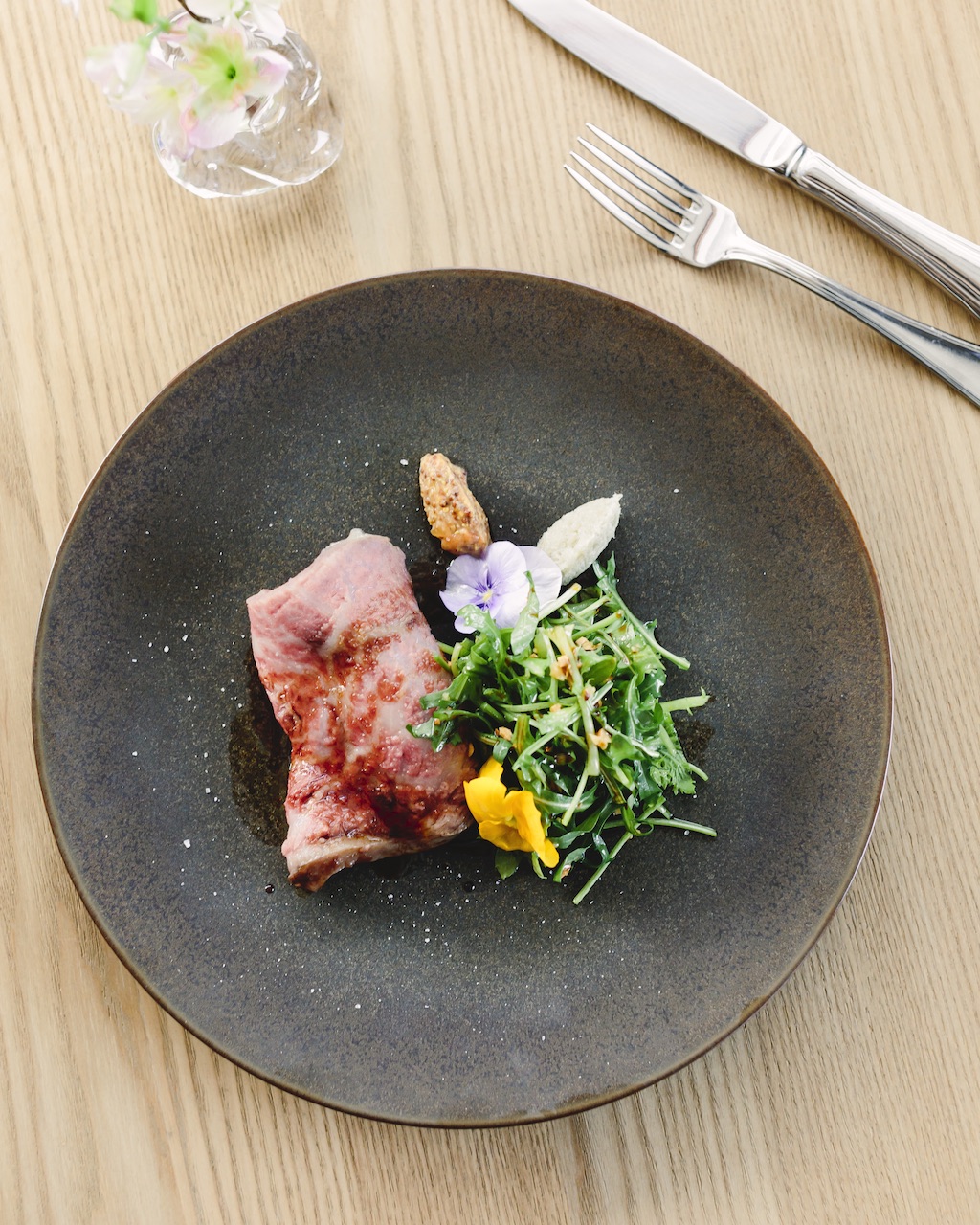
After my bath, it’s off to another ceremonial ryokan treat: the nightly kaiseki-ryori, a multi-course meal revolving around foraged, seasonal ingredients. At Kasho Gyoen’s restaurant, chefs harness Hokkaido’s bounty in an array of modern Italian-inspired dishes. We feast on fresh sashimi with white asparagus and caviar; linguini with Hokkaido hairy crab, urchin and chives; and silky and creamy panna cotta.
After my meal, I discover another of Kasho Gyoen’s nifty “innovations” – a secret speakeasy behind a hidden sliding door. The bar is helmed by a polished, suited bartender. Like the onsen in my room, it overlooks the snowy forest, and at night, it’s a winter wonderland lit up in dreamy blue lights. “I’ve seen bears roaming around in there,” the bartender, Ikkei Honma, tells me with wide eyes as he builds a perfectly balanced martini. Far from perturbed, though, I long for another soak in my private onsen and to curl up to sleep in my luxurious bed.
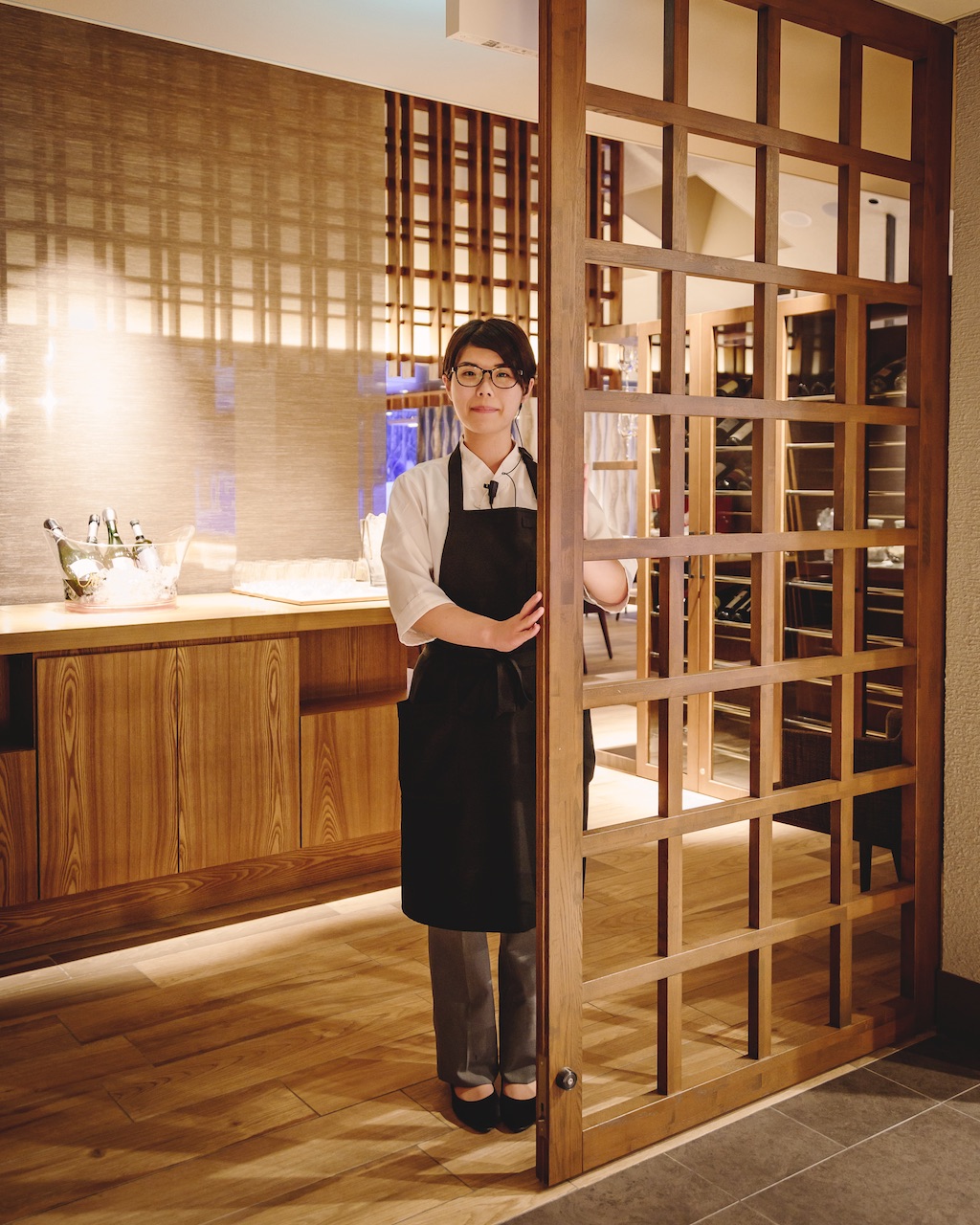
The next morning, as I sit down to a breakfast of grilled mackerel, miso with clams and other delightful morsels sitting in pretty ceramic vessels, Sayaka greets me with a cheerful “Ohayo gozaimasu!” before suggesting I pay a visit to the nearby Hoheikyo – Hokkaido’s largest and perhaps most popular outdoor ryokan.
I decide instead to check out the winding streets of Jozankei. Dotted all around the town, I find free public water features: reflexology footbaths (for “longevity and health”), hand baths and even baths to boil eggs in (the latter forming part of the Jozankei Gensen Park, a tribute to the monk Jozan). I trek down to the Toyohira River, lined by weeping willows and plum trees, and cross a bridge before scaling the bank down to the river’s edge. With water so crystal clear it looks like gin, it’s not hard to see why monk Jozan became so enchanted with the place he never left.
In Jozankei, one can also experience some of the country’s finest omakase cuisine. I’m picked up by my driver and whisked off to Cool Star Kitchen, a mobile restaurant that arranges private meals across Hokkaido. Jozankei chef Natsume Tomohiro has set up for us beside Lake Shikotsu – a caldera lake that’s almost completely frozen over and surrounded by towering mountains draped in blankets of snow. Against this cinematic landscape, we’re served a sashimi platter of sweet Hokkaido button prawns, chutoro (fatty tuna belly), flounder and surf clams along with Hokkaido beef, among other delights.
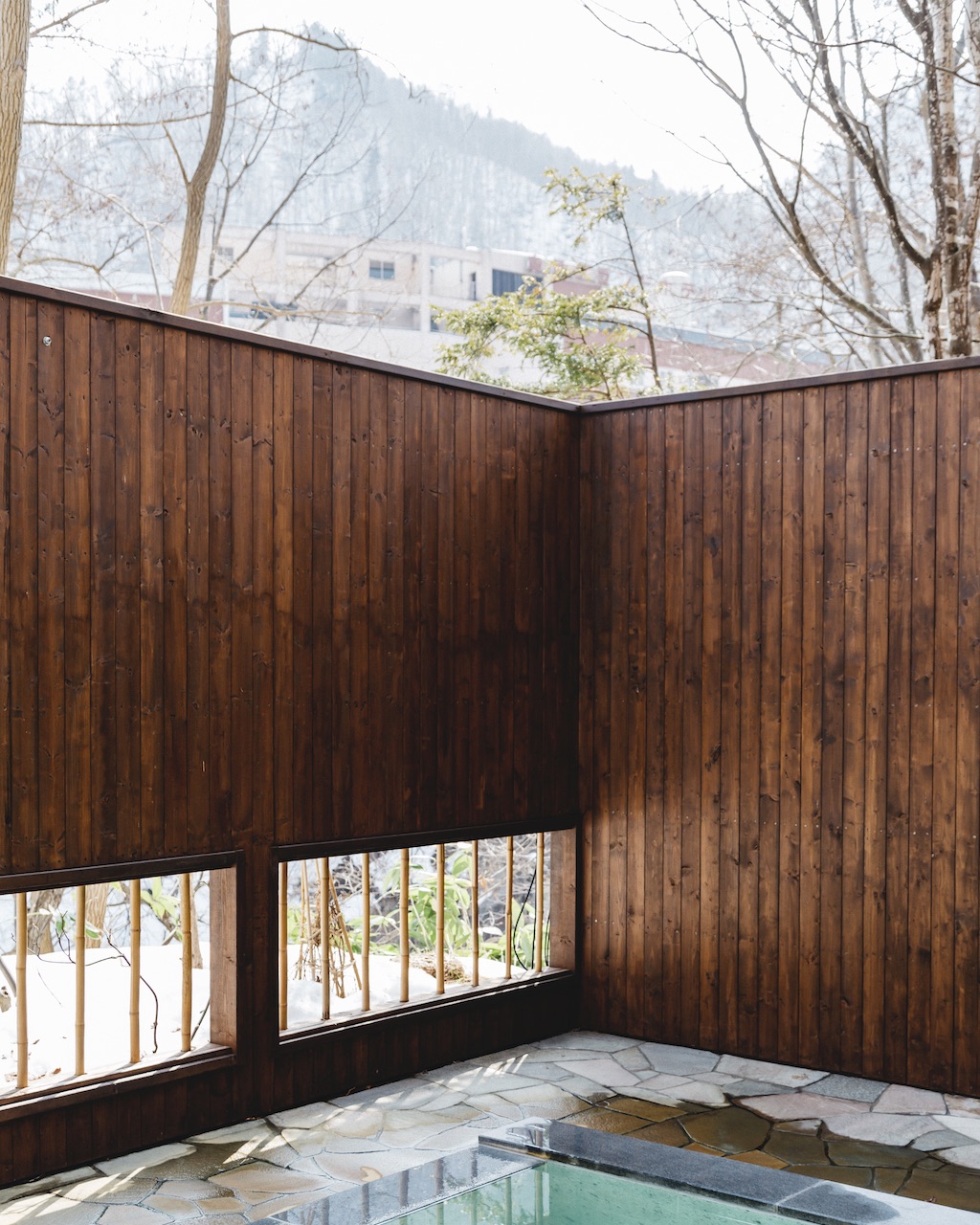
Later on, I visit another design-forward ryokan, the striking Kuriya Suizan, a sister property to the larger Jozankei Daiichi Hotel Suizantei in the centre of town. The Daiichi group now runs seven ryokans across Hokkaido, including some female-only inns and one with an adjoining ceramics studio. Tapping into three original hot springs, they take their spring water seriously, employing several engineers to measure even the smallest variation in temperature or quality of minerals.
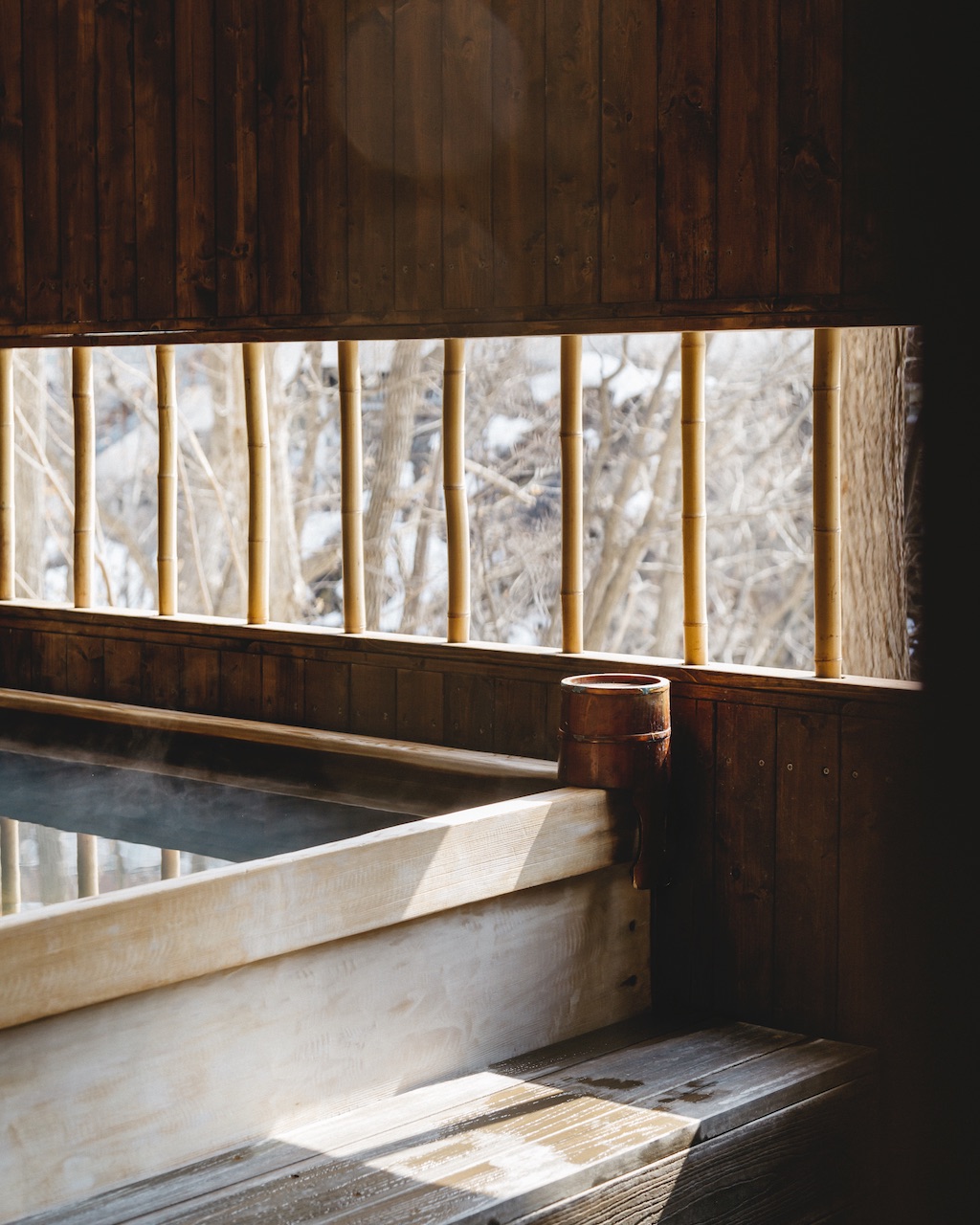
Kuriya Suizan, which has just undergone a renovation, has 14 guest rooms that exude Japanese minimalism and a restaurant focused on cutting-edge culinary experiences: its centrepiece is a huge open kitchen, helmed by the same chef Natsume Tomohiro, who I met for lunch by the lake earlier in the day. “Ryokans across Japan are changing,” says Oshima, the PR manager for the group. “I think it’s because there is a new generation of managers in their thirties and forties who are open to new ideas and realise the need to target millennials – one of our new ryokans will focus on top-quality sake and produce, but it will be self-service and a third of the price of more traditional ryokans.”
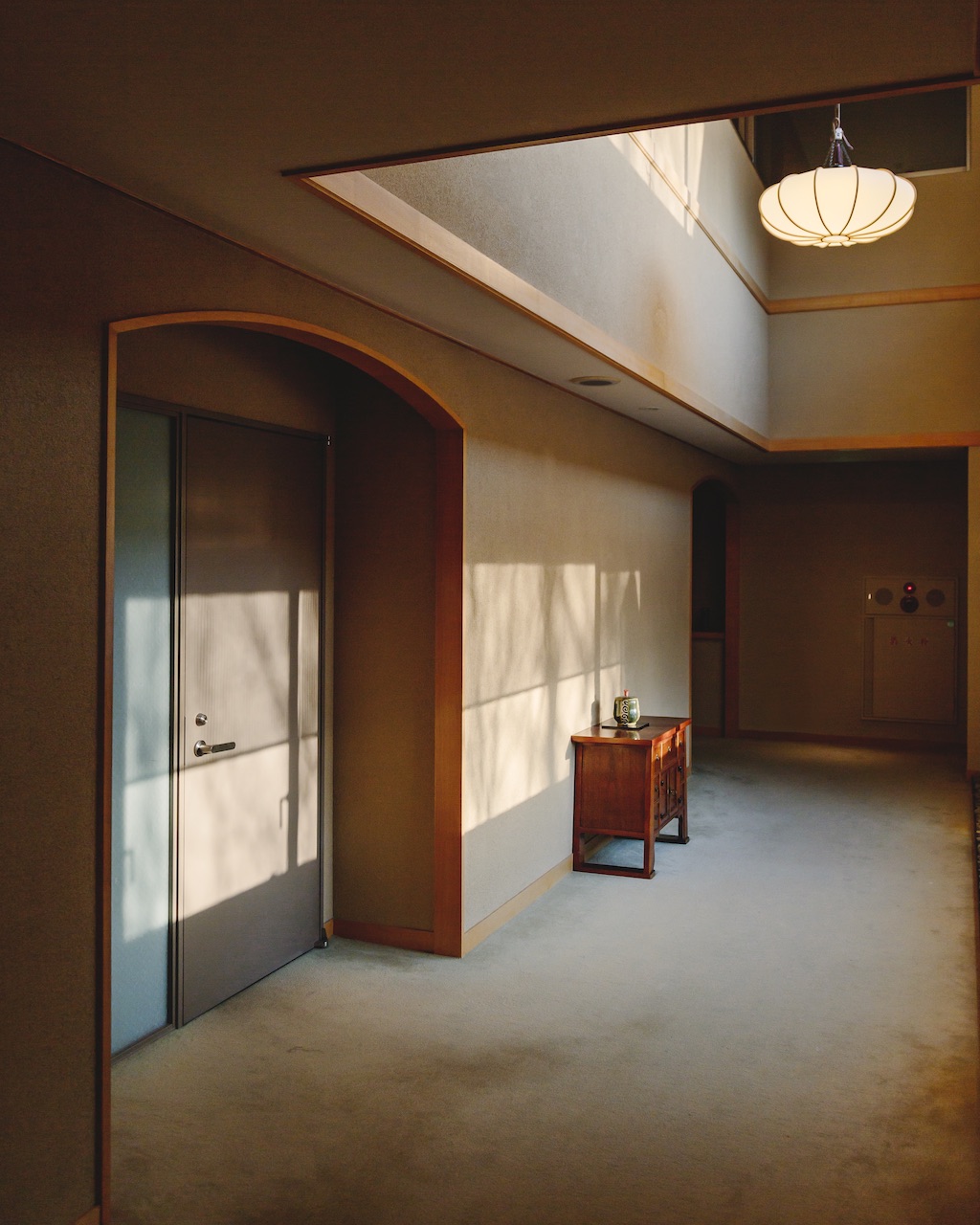
But Oshima tells me that before I go, I really should spend a night at one of Daiichi’s oldest ryokans, Club Jozankei, to get a sense of a more traditional Japanese inn. Upon check-in, I’m led to my room, where futons are rolled out and facilities explained: the in-room cypress wood onsen and steam room; MIKIMOTO amenities; a complimentary cocktail bar that opens at 8pm; and a restaurant serving sumptuous kaiseki meals.
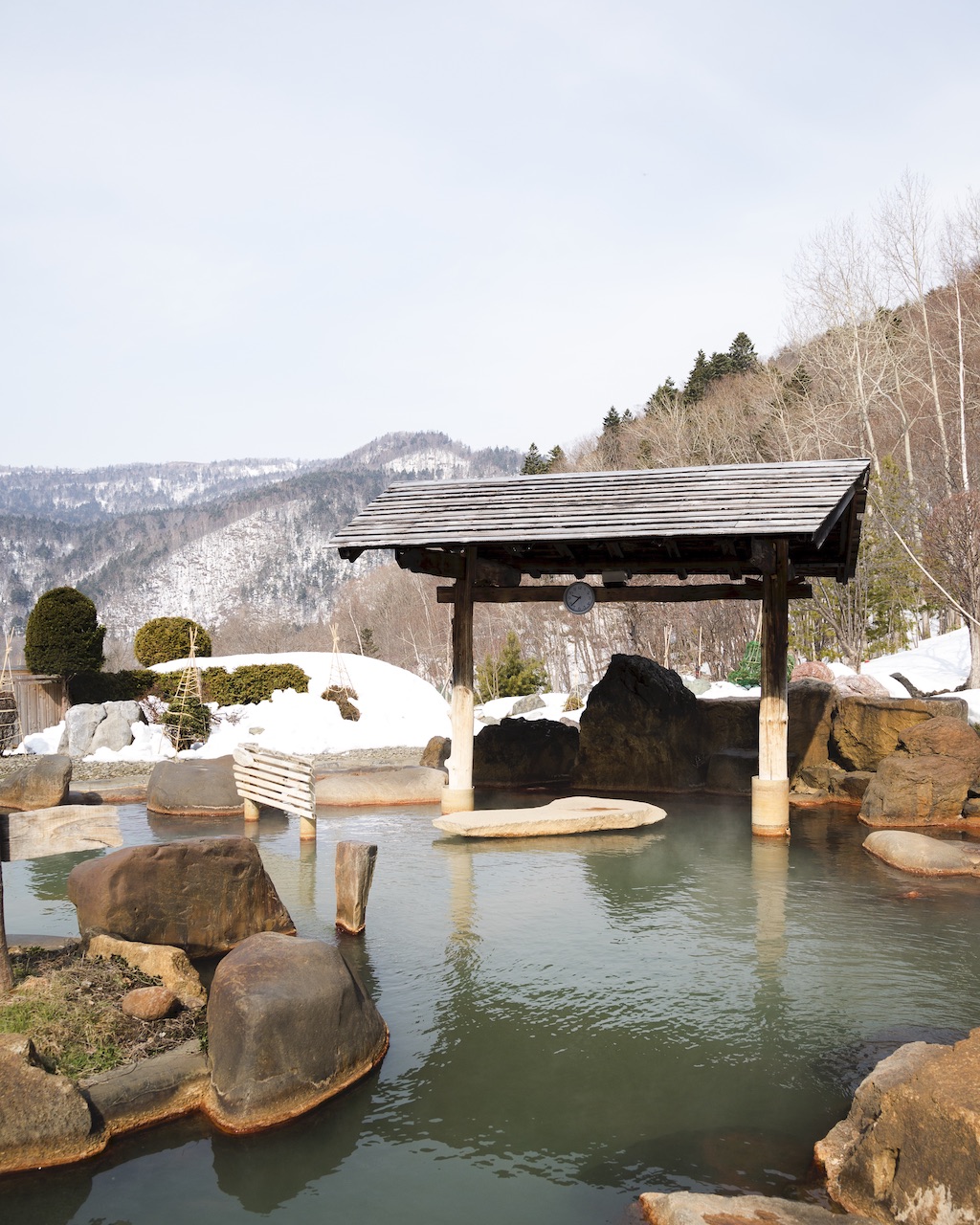
On my last day, I finally find the courage to visit Hoheikyo. Sayaka is right – it’s a charming onsen: a barn-like, old-world building surrounded by manicured Zen gardens of fir and birch trees and perfectly arranged stones. The facility features a network of indoor and outdoor baths connected by creaking hallways, and it’s large enough to accommodate a whopping 200 bathers. “Elderly people come here, and when they leave, they are often feeling so great that they forget their walking sticks,” Junpei Baba, the energetic manager of the onsen exclaims as we walk past the facility’s restaurant.
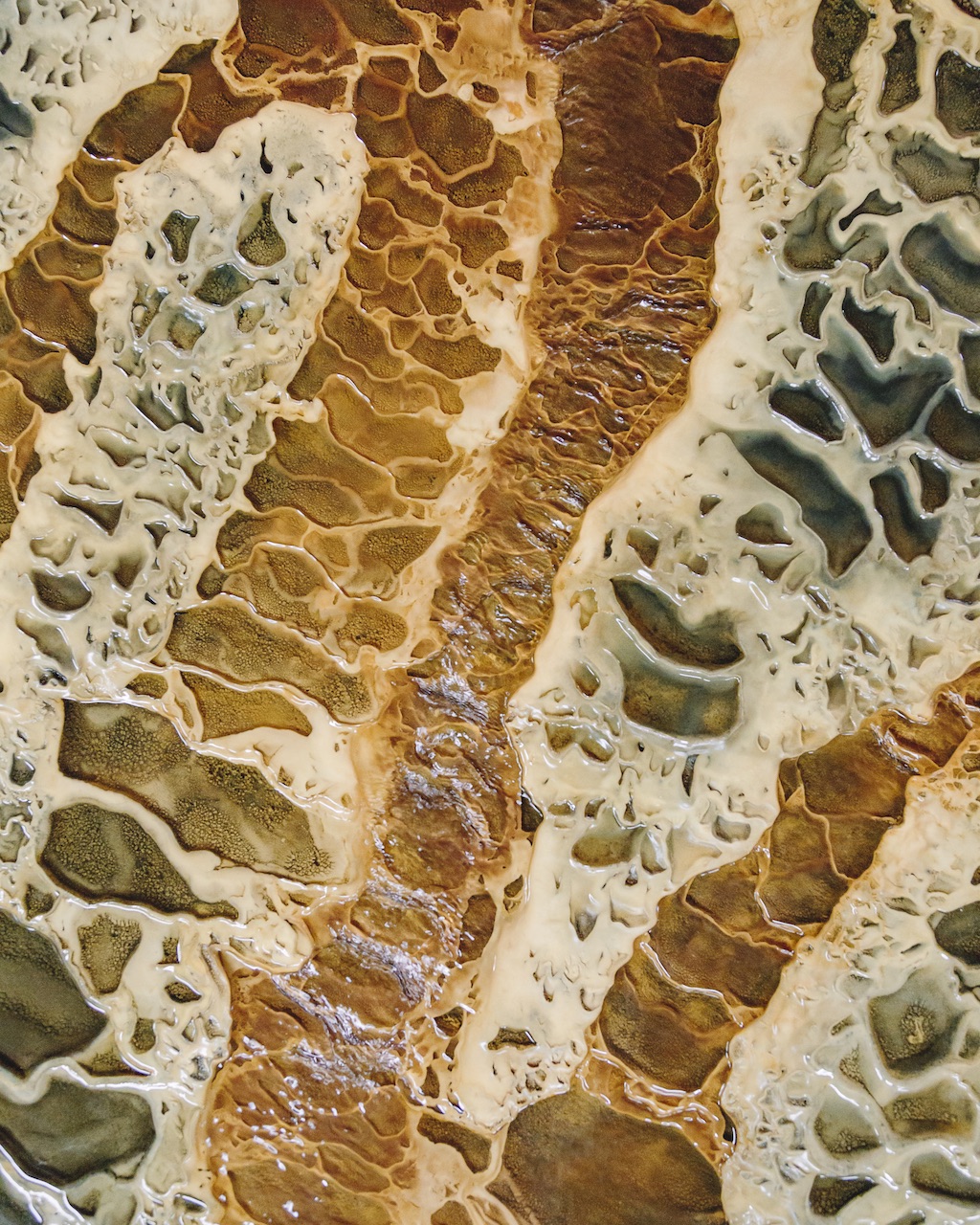
Like Kasho Gyoen, what makes the springs here so special is that they’re not temperature controlled or filtered in any way, and rather than being stored in a tank, their waters flow straight from the source. The PH-neutral waters, rich in calcium and sodium chloride, have even eroded the rocks into incredible floral patterns and textures. I arrive right at opening time and, lucky for me, I have the place completely to myself.
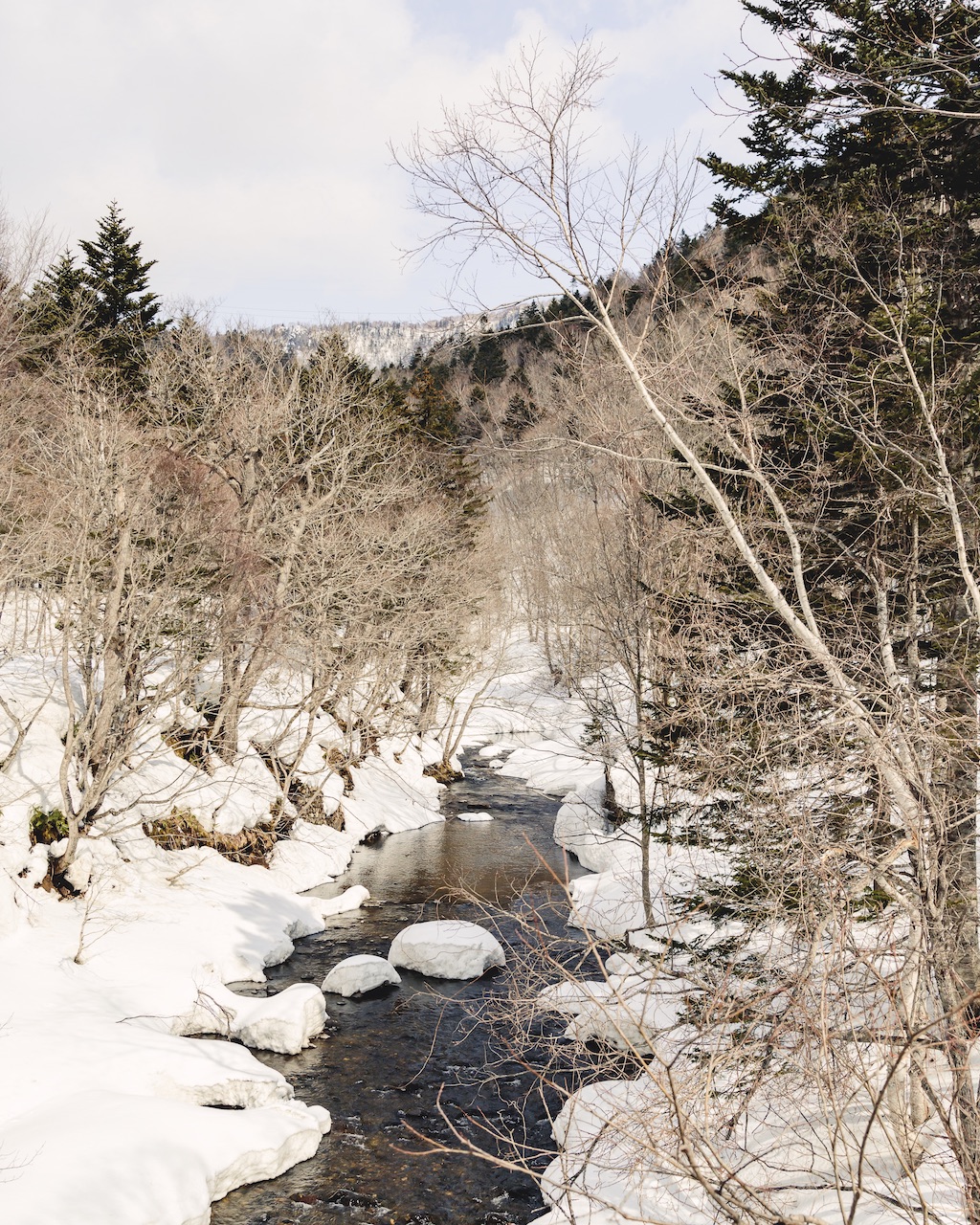
Sinking into the huge, steamy outdoor onsen, I soak in the panoramic views of the undulating mountains and close my eyes. Before I know it, almost half an hour has passed – yet it seems like it’s been mere minutes – and other bathers start to arrive. Liquid-limbed, I climb out of the bath and head back inside. Delicate, soft snowflakes drift from the sky, landing on the heated rocks and gently melting into shimmering puddles. Perhaps I’ve immersed myself in hot water for too long and am lightheaded, or maybe time really does slow down in Jozankei.
Stay active on your trip – be it summer or winter – with these three activities
Skiing
Located about an hour away from Jozankei, the town of Niseko boasts four interlinked resorts and is known for its consistent quality of powder, tree runs and open powder bowls. The particularly long ski season lasts from November to April.
Horse riding
From December through to March, travellers can try horse riding at Wild Mustang’s ranch, taking in the snowy scenery beneath Mount Hakkenzan. The ranch has beautiful Dosanko horses, a sturdy breed with thick coats that is indigenous to Hokkaido.
Rafting
The Toyohira River is a popular water sport destination in the spring and summer. Gliding down its upper streams, you can see gushing hot springs on either side of the river, and the waterway hits a valley so deep that it can’t be accessed by road.
Singapore Airlines will operate seasonal flights to Sapporo from December 2019 to January 2020. To book a flight, visit singaporeair.com
SEE ALSO: Neighbourhood spotlight: Kuramae, Tokyo
This article was originally published in the October 2019 issue of SilverKris magazine
The post Frozen in time: The unspoiled charm of onsen town Jozankei appeared first on SilverKris.
from SilverKris
No comments:
Post a Comment